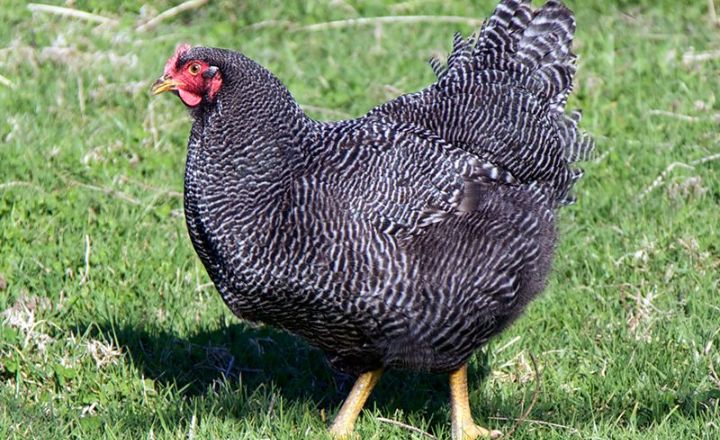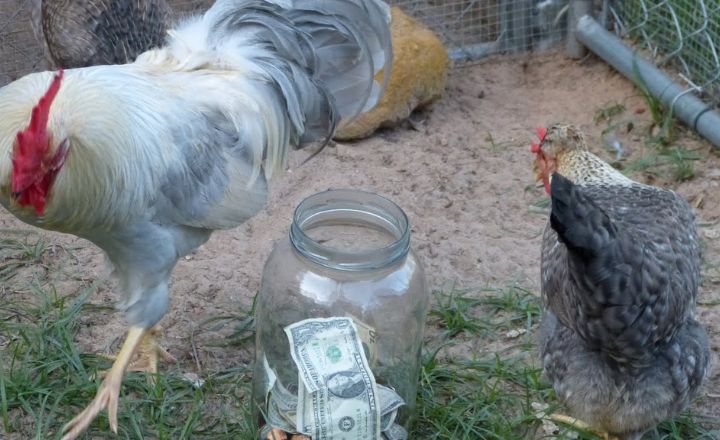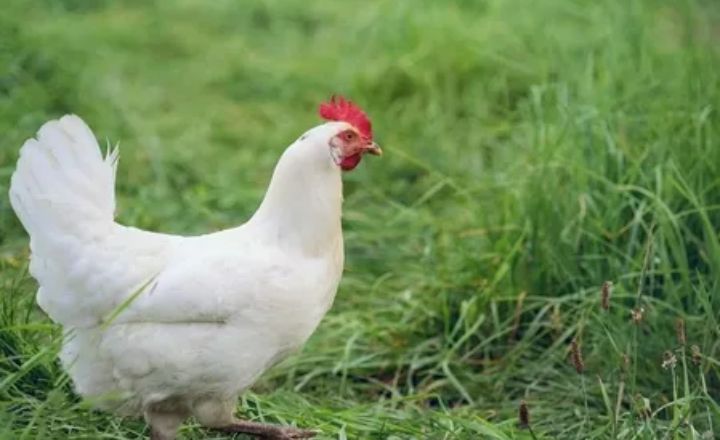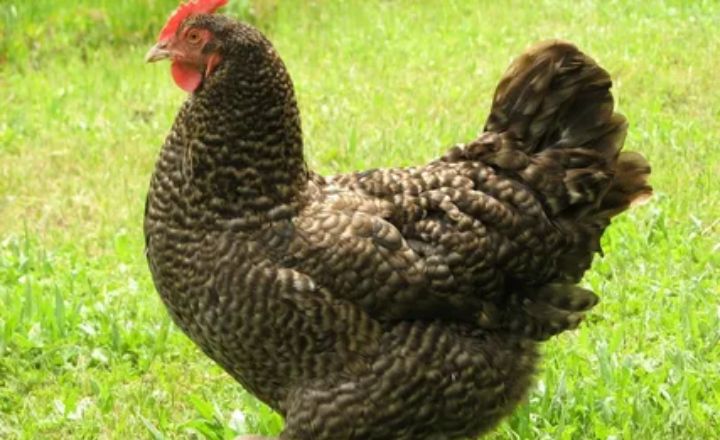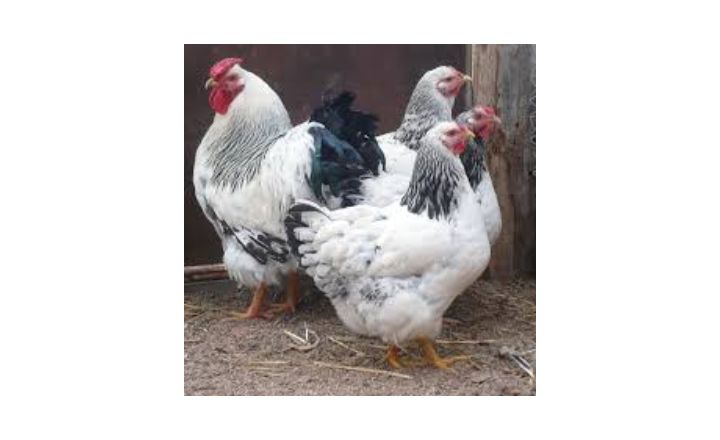Plymouth Barred Rock Chicken Breed – A Useful Guide
A Plymouth Barred Rock Chicken strutting proudly across a sun drenched yard often springs to mind. With their striking black and white striped chicken feathers resembling something out of a vintage quilt, these chickens are not just easy on the eyes, they embody a rich agricultural heritage that dates back to the mid 19th century.
Known for their friendly demeanor and exceptional egg laying capabilities, they have earned their place as one of the most beloved breeds among backyard poultry enthusiasts.
But what lies beneath those charming stripes? The Plymouth Barred Rock Chicken Breed is more than just its aesthetics; it represents resilience and adaptability in changing farming landscapes.
Whether you’re an aspiring chicken keeper or simply curious about these feathered friends, exploring the history, characteristics, and care tips associated with this breed will reveal why they continue to captivate hearts and coops across America today.
Barred Rock Chicken Breed History
The Plymouth Rock chicken, a beloved breed known for its striking striped plumage and gentle disposition, has a fascinating history that dates back to the early 19th century. Originating around 1829 in the northeastern United States, this breed was initially developed as a dual purpose bird, serving both as an egg layer and meat producer.
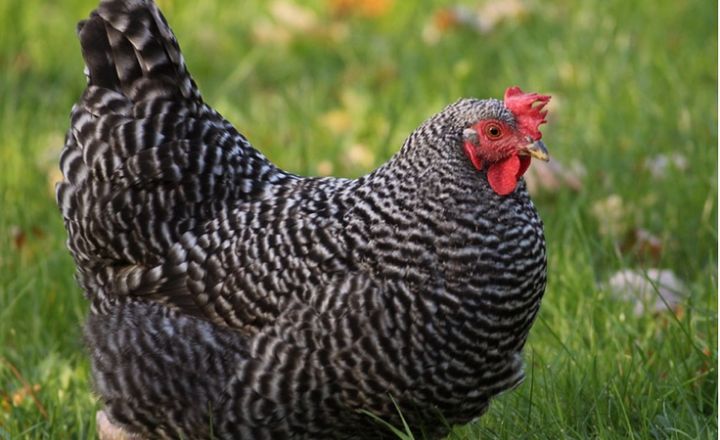
Its hardiness and adaptability made it particularly appealing to farmers during a time when self sufficiency in agriculture was paramount. Visualize rustic farmyards dotted with these charming birds, their light gray feathers streaked with dark stripes creating natural camouflage against rocky terrains.
By 1869, the Barred Rock variety began to gain prominence, further refining the breed’s lineage while enhancing its signature beauty and utility. The American Poultry Association (APA) formally recognized the Plymouth Rock chicken in 1874, solidifying its status within poultry circles and paving the way for its rise in popularity across America.
This recognition allowed breeders to establish standards that ensured both quality and consistency among the flock, leading to an ever-increasing appreciation of this remarkable breed in backyard coops nationwide. Today, as urban farming continues to swell in popularity, Barred Rocks once again find themselves at home amidst vegetable gardens and family yards, symbols of resilience alongside modern sustainable practices.
Are Barred Rock and Plymouth Rocks The Same Breed?
Yes, Barred Rock and Plymouth Rock refer to the same breed, but there is a distinction in terminology.
The term Plymouth Rock encompasses the entire breed, which includes various color variations. The popular variant within this breed is the Barred Rock, characterized by its striking black and white striped plumage. This specific coloration has made it a favorite among poultry enthusiasts.
While all Barred Rocks are Plymouth Rocks, not all Plymouth Rocks are Barred Rocks. The Plymouth Rock breed can also come in other colors such as solid white or blue. When discussing these chickens, it’s important to recognize that Barred Rock specifically denotes the patterned variety within the broader category of Plymouth Rocks.
Average Lifespan For Barred Rock Chicken Breed
Barred Rock chickens typically enjoy a lifespan that ranges between 6 to 8 years in a backyard setting. Factors such as environment, diet, and care can significantly influence their longevity. When well cared for under optimal conditions, ample space to roam, proper nutrition, and protection from predators their lifespans can extend beyond the average, sometimes reaching up to 10 or even 12 years.
Egg color
The barred rock egg color is brown. Barred Rock color chicken egg is very interesting, charming and amazing.
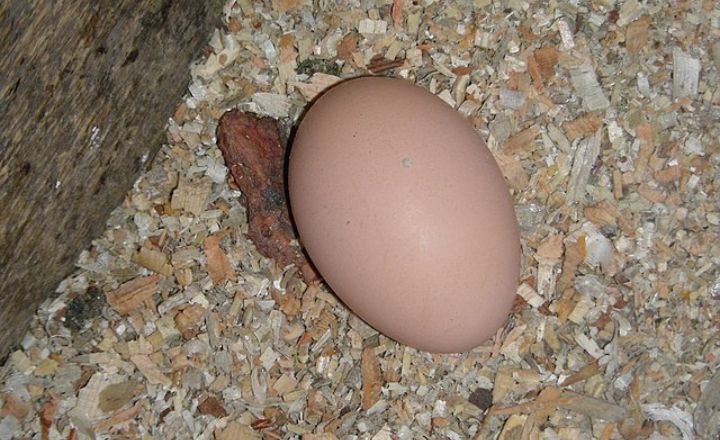
Egg production
Barred Rock chickens typically begin their egg laying journey between 18 to 20 weeks of age, marking the onset of an exciting time for any poultry enthusiast. During their first year, you can expect these hardy birds to produce around four large brown eggs each week, showcasing both their productivity and the rich nutrition they offer.
As these chickens mature, you might anticipate a yearly output that reaches up to 200 eggs. It’s worth noting that as Barred Rocks age approximately by 10 to 15 eggs annually their production will gradually decline.
Breeding Barred Rock Chickens
Breeding Barred Rock chickens can be a fascinating endeavor for any poultry enthusiast, especially when considering the unique patterns and characteristics these birds exhibit.
When hens allow the rooster to mount, it signals their readiness for reproduction, which is crucial in maintaining the health of your flock. Observing this dynamic interaction not only provides insight into flock behavior but also underscores the importance of selecting roosters with desirable traits that enhance the genetic diversity of barred chicken breeds.
Broody
Barred Rock chickens are not just renowned for their striking plumage and dual purpose utility; they also possess a fascinating broody instinct that sets them apart in the poultry world. When these hens decide it’s time to sit on a nest, they exhibit an almost unwavering dedication that can be both mesmerizing and practical for chicken keepers.
This broodiness is often accompanied by a quiet steadfastness, as Barred Rocks settle into their chosen spot, eyes fixed on the potential future of fluffy chicks.
Encouraging this natural behavior can lead to delightful surprises in your backyard flock. Not only do Barred Rock hens excel at caring for their young once hatched, but they also actively contribute to the social dynamics of your coop.
Their nurturing nature fosters a sense of community among the other birds and can even inspire less maternal breeds to adopt similar behaviors. Engaging with these broody girls, allowing them designated nesting areas or introducing fertilized eggs can deepen the bond you share with your flock while enriching their life experiences as well.
As you consider integrating Barred Rock chickens into your homestead or backyard, it’s important to embrace this unique trait and observe its therapeutic aspects. Watching a hen lovingly tend to her eggs has an enchanting quality; it connects us back to nature’s cycles while reminding us of life’s simple pleasures amidst modern chaos.
By fostering these instincts within our flocks, we not only enhance our agricultural endeavors but also celebrate the intrinsic beauty of life on earth through these remarkable birds.
Are Barred Rock Chickens Hardy?
Yes, Barred Rock chickens are known for their hardiness, making them a popular choice among backyard poultry enthusiasts. They are well adapted to various climates and can thrive in both hot and cold environments.
Their robust constitution helps them resist common poultry diseases, which is a significant advantage for novice chicken keepers who may be concerned about health issues.
In addition to their physical resilience, Barred Rocks are also known for their friendly and calm temperament. This makes them not only hardy in terms of survival but also pleasant to handle and interact with.
Whether you’re raising them for eggs or as pets, their adaptability and sociable nature make Barred Rock chickens an excellent choice for any flock.
Barred Rock Rooster
In the heart of a bustling farm or a quiet backyard, the barred rock rooster stands as an indomitable symbol of rural charm and vibrant life. With its striking black and white striped plumage glistening in the morning sun, this breed not only captivates with its breathtaking looks but also plays a pivotal role in the avian community.
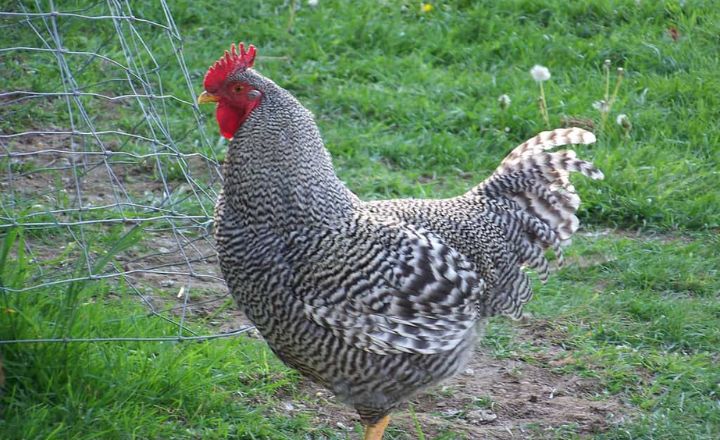
Imagine waking up to the melodious crowing of these roosters as they greet each new day, their calls echoing across fields like nature’s own alarm clock. But there’s much more to these feathered friends than just their picturesque appearance and vocal talents; they are social creatures with fascinating behaviors, intricate hierarchies, and a unique personality that can light up any homestead.
Common Barred Rock Chicken Health Issues
While Barred Rock chickens are celebrated for their resilience and hardiness, it’s important to remain vigilant about potential health issues that can arise in any breed. Particularly in warmer months, heat stroke. These birds thrive within a comfortable temperature range but can struggle when temperatures soar.
Providing ample shade and fresh water can mitigate this risk, but it’s also a good idea to add electrolytes or vitamins into their drinking water during heat waves. This simple step not only helps keep them hydrated but also supports their overall vitality.
Vitamins play an essential role in keeping your Barred Rocks healthy and happy beyond just temperature regulation. Supplementing their water with nutrients like vitamin D3 aids calcium absorption, which is crucial for laying hens. B vitamins can boost their immune system and enhance feather quality creating stunning plumage that reflects the breed’s natural beauty.
By prioritizing these aspects of care, you foster not only resistance to common afflictions but also promote an environment where your poultry can thrive confidently in both warmth and wellness.
Are Barred Rock Chickens Good For Meat Production?
Raising Barred Rocks as dual purpose birds means that farmers can enjoy meaty carcasses without sacrificing animal welfare or quality. These birds thrive on pasture, so their diet plays a crucial role in developing rich flavors compared to factory farmed options.
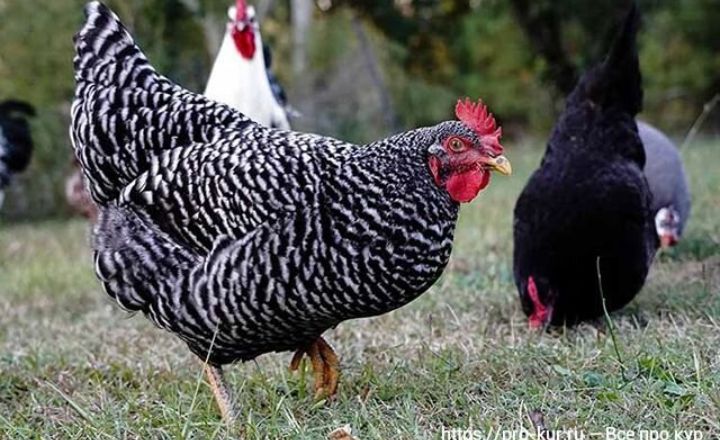
Because of their hardiness and adaptability, they require less intensive management while providing a plentiful supply of flavorful meat over time, a compelling advantage for small scale farmers or homesteaders aiming for sustainability without compromising taste. Choosing Barred Rock chickens can enrich your farm with both culinary delight and ethical farming practices.
Are Barred Rock Chickens Noisy?
Yes, this penchant for noise isn’t just random squawking; it reflects their strong personalities and social interactions within the flock. Barred Rocks thrive on communication and display distinct vocalizations related to everything from laying eggs to alerting each other about potential predators.
For those seeking an engaging poultry experience, this trait offers insight into chicken behavior that many may overlook as a wonderful opportunity to observe social dynamics in action.
If you embrace the ambiance of farm life and desire an active barnyard culture enriched by enthusiastic chatter, Barred Rock hens might be the perfect addition to your home!
Barred Rock Chicken Temperament
Barred Rock chickens are truly the Queens of the Coop, not just for their striking feather patterns but also for their gentle and nurturing temperament. They exhibit a remarkable calmness, making them ideal companions for families with children.
Unlike some more flighty breeds like Golden Comets that can be skittish, Barred Rocks readily approach humans and often join in on the fun around the yard. Their friendly nature fosters a bond with little hands eager to help with daily chores.
These hens take on a protective role within the flock. I’ve observed them forming a fearless defense when our rooster mounts one of their own; they seem to perceive it as an act of aggression rather than part of nature’s design. This unique behavior shows how deeply they care for each other and highlights their familial instincts.
The extraordinary social dynamics among Barred Rocks add another layer of charm to raising this breed, creating not only delightful pets but also captivating observers of chicken drama unfolding right in your backyard!
Barred Rock Chicken Housing Requirements
When temperatures plunge to an extreme -22°F with wind chill, the housing of Barred Rock chickens becomes paramount in safeguarding their well being. These robust birds, known for their adaptability, thrive when provided with properly sized accommodations.
Each Barred Rock requires a minimum of 4 square feet within the coop, allowing them enough space to move freely and comfortably during harsh winter months.
Giving them access to an enclosed run that offers at least 10 square feet per bird ensures they can stretch their legs safely while enjoying the crisp but chilly air.
During sweltering summer days that soar above 90°F, adequate ventilation becomes just as crucial as insulation against the cold. Installing windows or vents in both the coop and run helps manage airflow and keeps humidity levels down.
Incorporating heat retaining materials like straw or hay can provide cozy corners where your birds can snuggle together during freezing nights.
By creating a versatile environment that caters to both extremes of temperature from frigid chills to oppressive heat you not only enhance your chickens’ health but also contribute significantly to their happiness, ensuring they continue laying those beautiful brown eggs year round.
Are Barred Rock Chickens Right For You?
Barred Rock chickens are often touted as one of the best choices for beginner poultry keepers, and for good reason. These gentle giants are not only friendly and easy to manage, but they also boast impressive egg production capabilities.
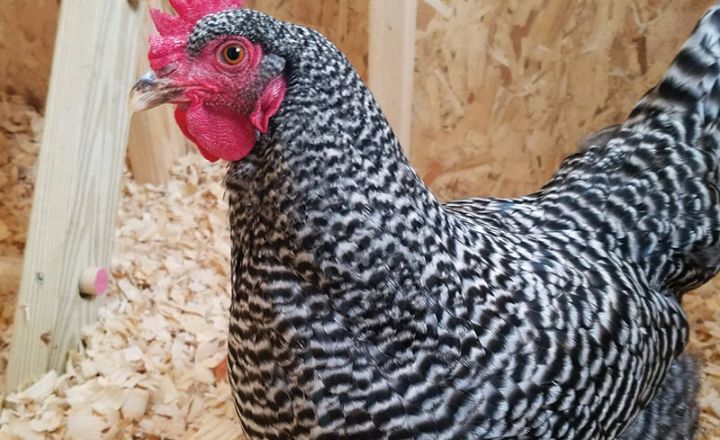
On average, a healthy Barred Rock hen can lay between 200 to 300 eggs each year, making them strong performers in any backyard flock. Their consistent yield means that whether you’re hoping for fresh breakfast omelets or specialty baking ingredients, you won’t be disappointed.
Barred Rocks thrive in various climates and adapt well to different settings, making them ideal companions for novice chicken enthusiasts. Their striking striped plumage adds aesthetic charm to your coop while their calm temperament fosters an enjoyable experience for families children love interacting with them! With their lively personalities and reliable laying habits, these birds bring joy and utility to your homestead.
If you’re looking to start your journey into chicken keeping with a breed that promises both character and productivity, Barred Rock chickens could be the perfect fit for you!
Conclusion
The Plymouth Barred Rock chicken breed stands out as a remarkable choice for both novice and experienced poultry keepers alike. With their striking appearance, friendly temperament, and exceptional egg laying capabilities, they offer a perfect blend of aesthetics and productivity. Their hardiness in various climates makes them adaptable to different farming conditions, ensuring that they thrive in diverse environments.
Their calm nature makes them an ideal addition to family farms or backyard flocks. If you’re considering adding some feathery friends to your homestead, the Plymouth Barred Rock is definitely worth your attention!
FAQs
How many eggs does a Barred Plymouth Rock lay?
The Barred Plymouth Rock is known for being an excellent layer of brown eggs, typically producing around 250 eggs per year. This breed is not only valued for its egg laying capabilities but also for its friendly temperament and hardiness, making it a popular choice among backyard poultry enthusiasts.
What is the difference between Barred Rock and Plymouth Rock chickens?
The terms Barred Rock and Plymouth Rock are often used interchangeably, but they refer to the same breed of chicken.
What chicken lays 350 eggs a year?
The chicken breeds known for laying around 350 eggs a year are primarily Hyline Goldline Brown, ISA Brown, and Warrens. These commercial layers have been selectively bred for high egg production, making them ideal choices for both small scale and large scale poultry operations.
How to tell if a Barred Rock is a hen or rooster?
To differentiate between a Barred Rock hen and rooster, there are several key physical characteristics to observe. Roosters typically exhibit larger body sizes compared to hens, which can be a clear indicator.

